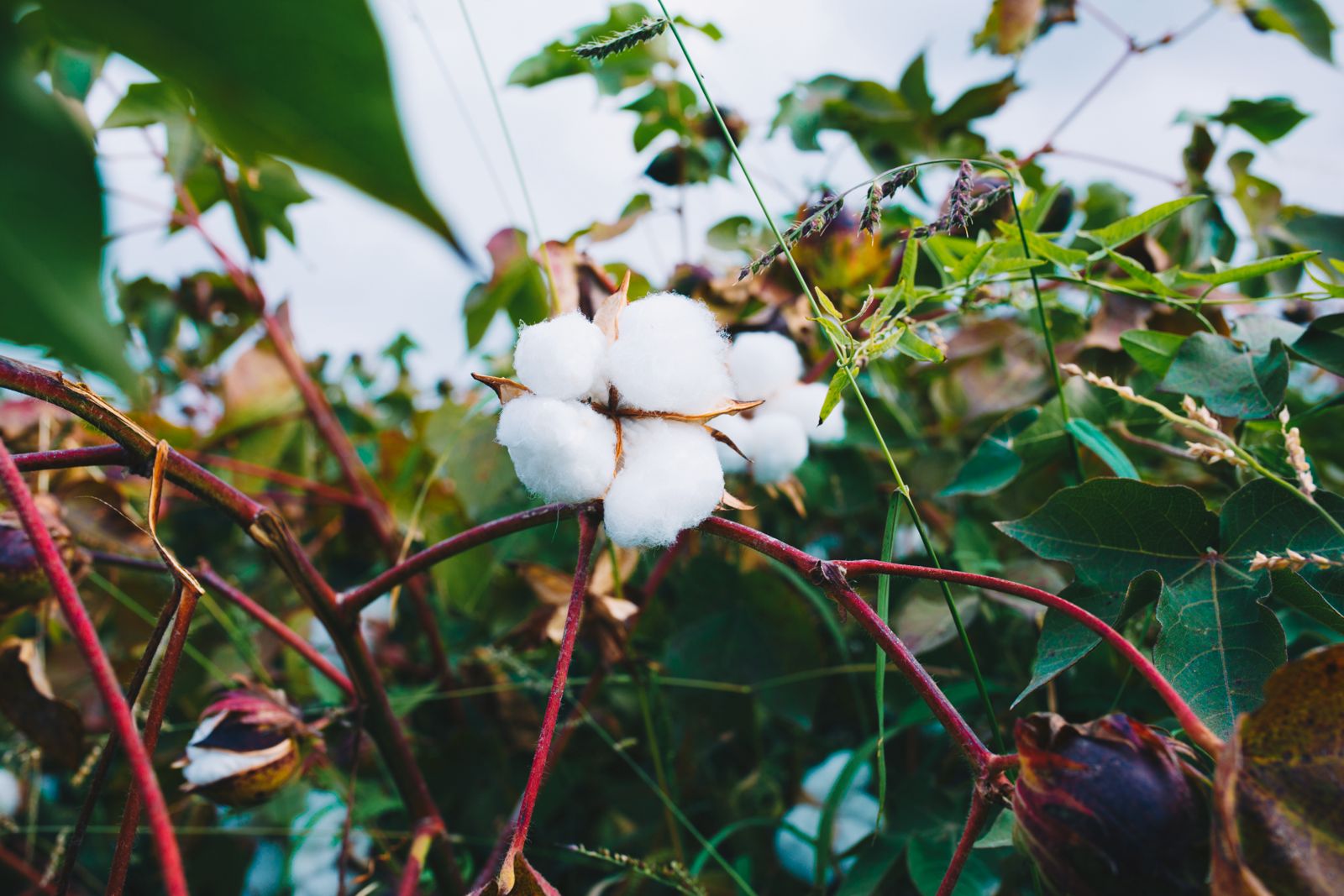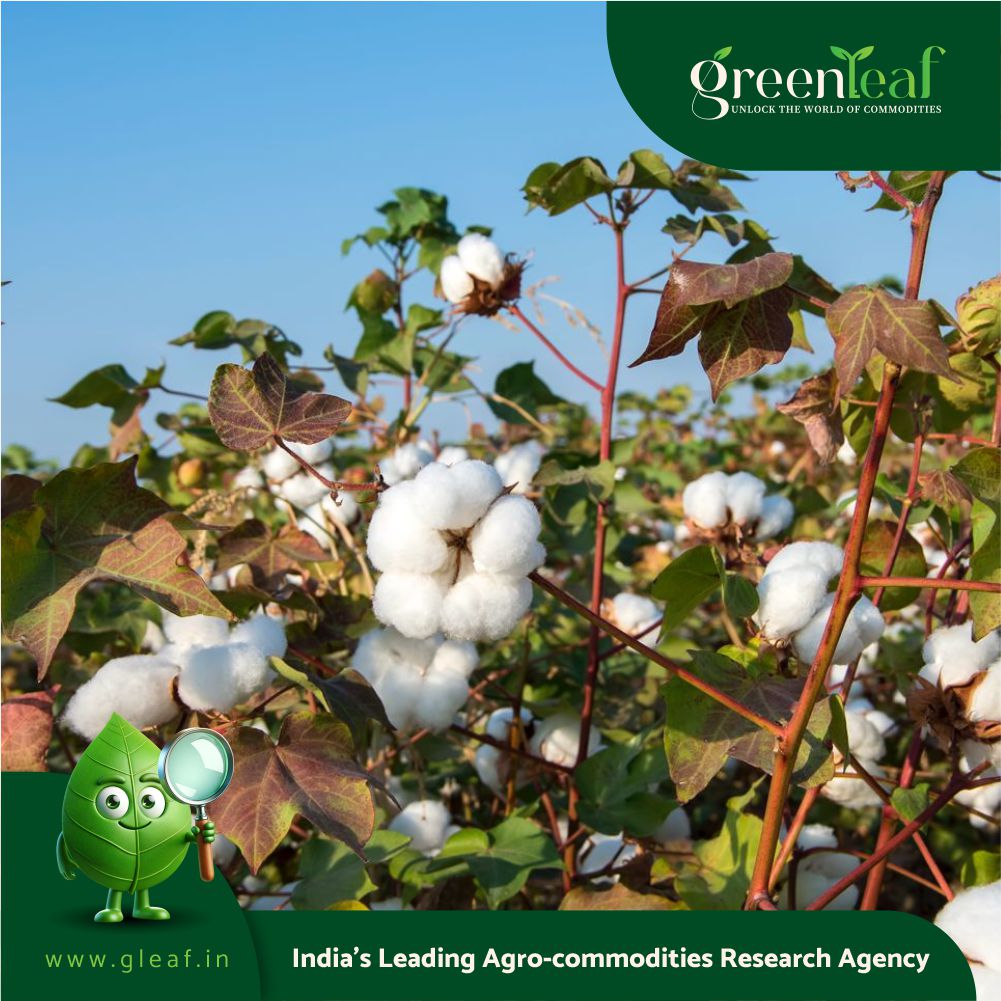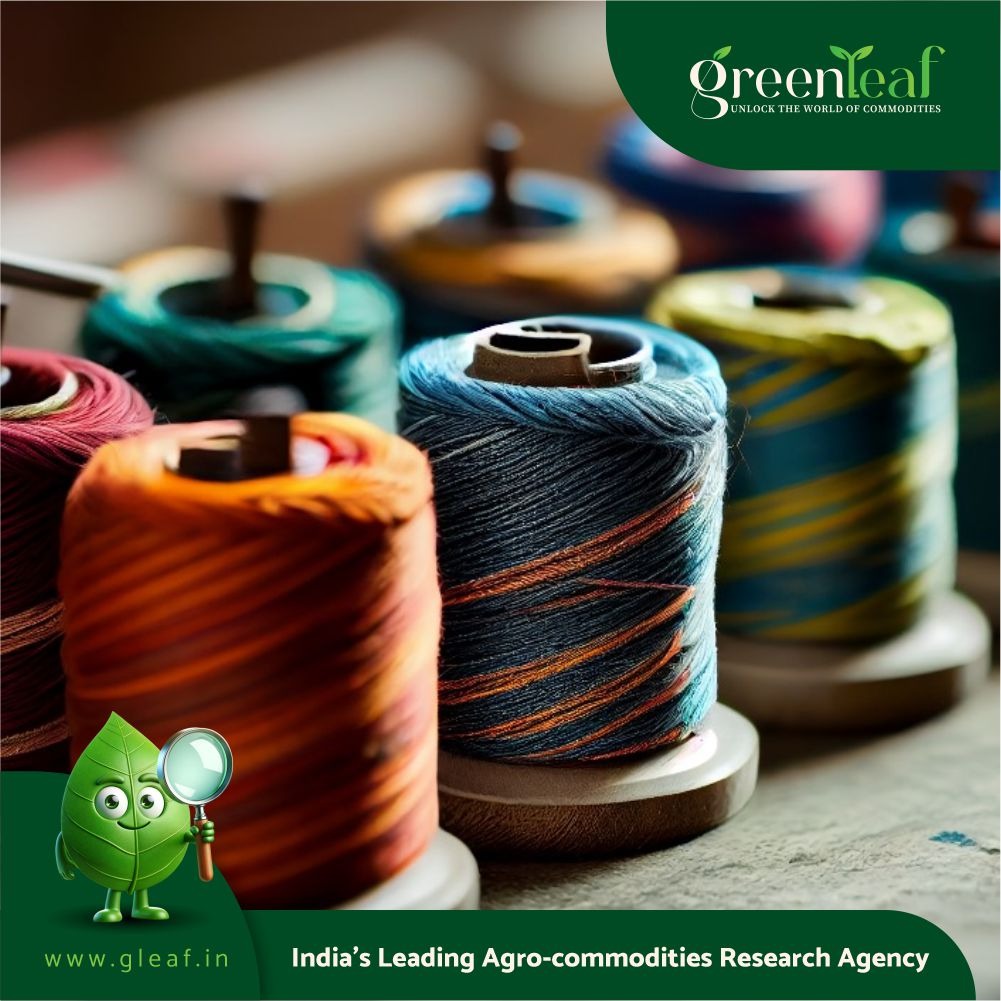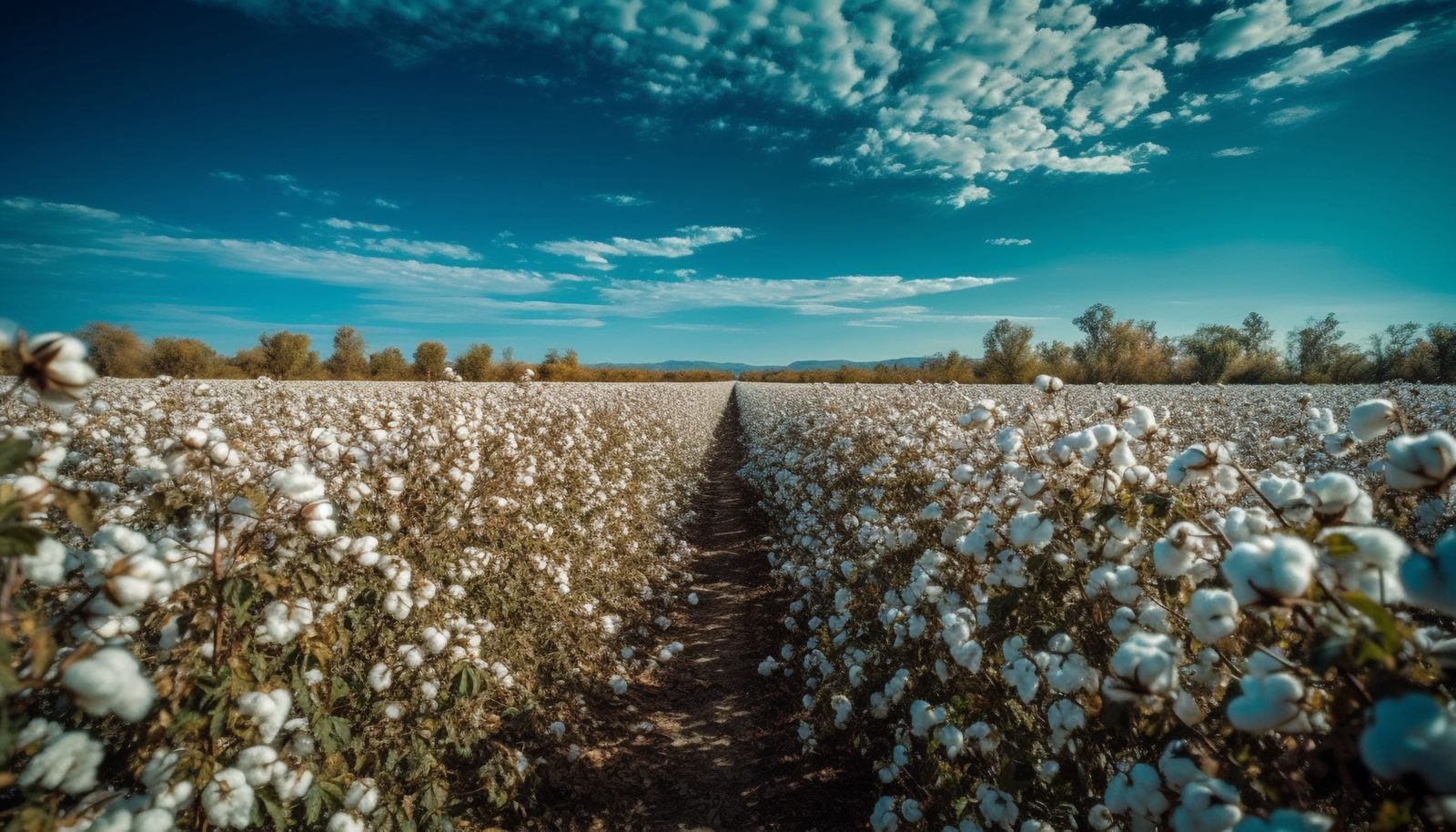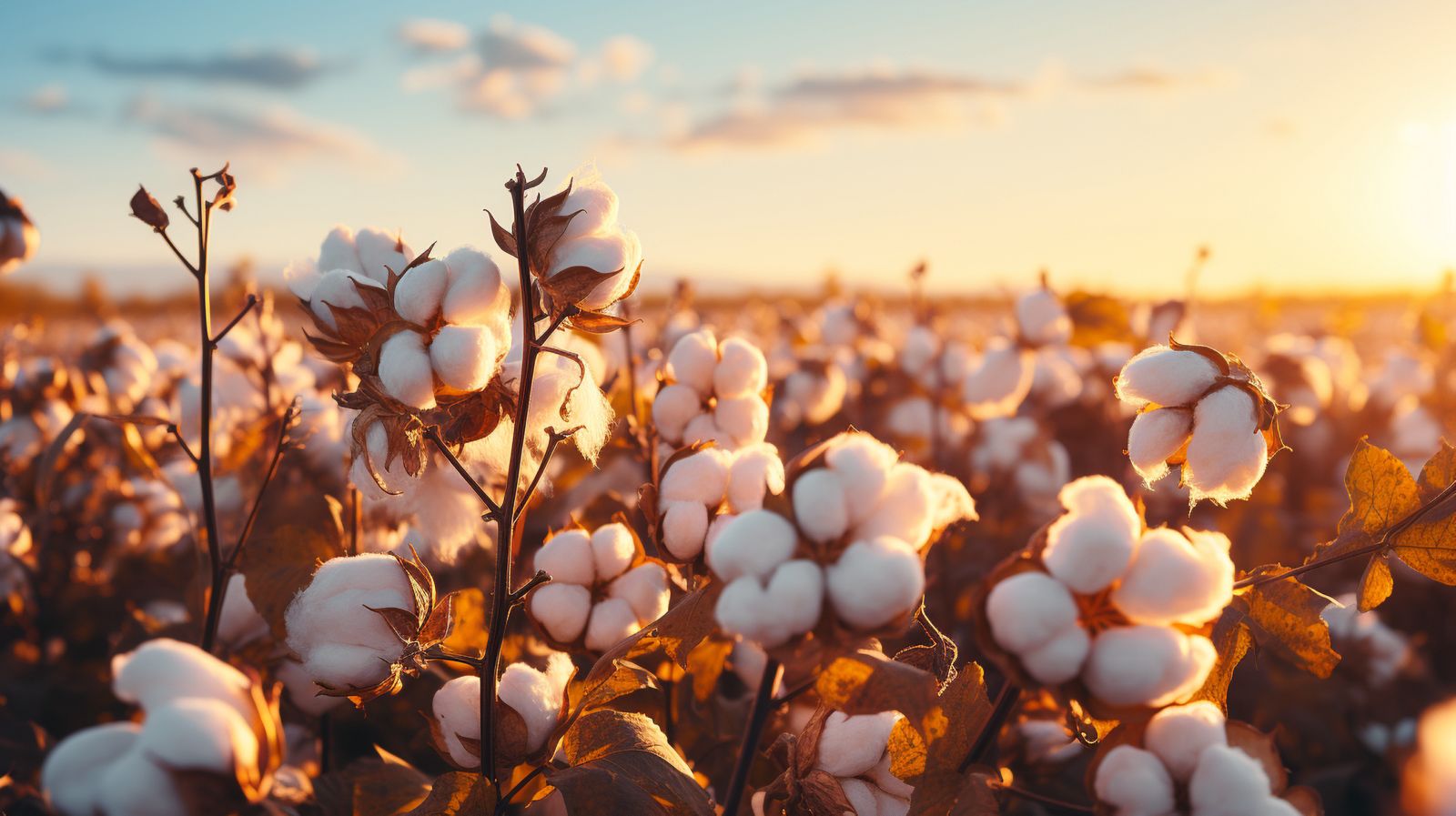Ahmedabad: Even as fast fashion races ahead, an ancient, indigenous cotton from Kutch region is quietly making a comeback. Grown without irrigation or pesticides, ‘kala cotton' — once considered as outdated — is now powering a sustainable textile movement. Backed by over 1,200 looms and supporting hundreds of farmers and weavers, this hardy, drought-resistant crop is finding its place in international fashion and eco-conscious wardrobes alike.
In just over a decade, kala cotton has gone from a forgotten fibre to a premium eco-conscious fabric, fuelling a quiet revolution in sustainable fashion. It now powers a textile supply chain worth over Rs 1.5 crore every month, with around 20% of the fabric exported.
Contrary to what its name might suggest, "kala" (black) refers not to the fabric's colour but to the cotton's darker seed and the emptied boll post-harvest. Its drought resistance, low water footprint, and organic cultivation practices have made it a favourite among environmentally conscious designers in India and abroad. Today, kala cotton textiles are in demand across the country and are exported to Japan, Europe, and North America.
The kala cotton ecosystem supports over 140 farmers and 850 weavers across 14 villages in Kutch. "More than 85% of Kutch's weaving activity today is centred around kala cotton," says Paresh Mangaliya, deputy director at Khamir, a Bhuj-based craft organisation that has played a pivotal role in its revival. Back in 2010, Khamir converted its first batch of just 50kg into fabric and introduced it to designers in Ahmedabad and Delhi. Today, that same fabric is seen in sarees, dupattas, and dress materials. "Global designers are sourcing it. Rural women are leading it. Before 2010, weavers earned Rs 23 per metre," says Mangaliya. "Now, it is Rs 100."
One such story is that of Ramji Marvada, 35, from Sanyra village in Nakhatrana, who began weaving at 17. He joined Khamir in 2010 and eventually launched his own enterprise. "Kala cotton changed my life," he says. "I now earn a steady income and even participate in exhibitions where I sell directly to customers."
To expand the initiative, Khamir sourced 3 tonnes of cotton from farmers near Adesar in Bhachau. From this, one tonne of raw fibre was extracted and distributed across spinning methods —ambar charkhas, peti charkhas, and mills. Bharat Jepal, a weaver from Mota Varmora, revived his family's dormant practice and now operates five looms. "The fabric is rich like linen," says Jepal, who now earns about Rs 1 lakh a month.
Weaving their own fortunes
In the quiet village of Varmaseda, Nakhatrana taluka, three Jaypal sisters — Bharti, 23, Hetal, 20, and Rasila, 22, — have independently mastered the art of weaving. Inspired by their father, they balance academics with loom work, producing designs for Bhujodi traders and exhibitions. Bharti, pursuing her BA externally, shares, "We work independently, making Rs 500–600 a day. Our designs go to Bhujodi traders and exhibitions. Even Khamir approached us, but we couldn't take orders due to existing commitments."
Rs 290cr handloom products sold in 2024-25: Govt
Gandhinagar: The state govt said on Wednesday that 246 handloom cooperative societies sold products worth over Rs 290 crore during 2024-25.
As India observes Aug 7 as National Handloom Day, the govt said that under a scheme to provide support to traditional textile arts, it offers 5 per cent rebate on sales to all registered handloom cooperatives, while women-led societies receive a 15 per cent rebate. In total, the state disbursed Rs 73.82 crore in sales rebates during the year.
Collaborations with institutions like the National Institute of Design (NID), the National Institute of Fashion Technology (NIFT), and the Weavers Service Centre have helped handloom artisans develop modern designs, the statement said. It added that the govt also promotes handloom products through dedicated branding under ‘Garvi Gurjari', e-commerce platforms, emporium chains, and participation in national and international expos.

